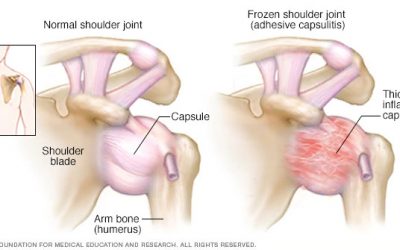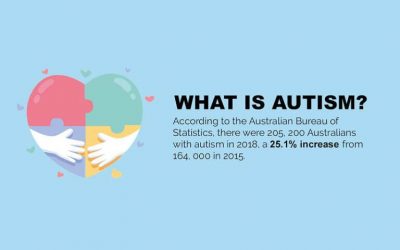Inspire Healthcare > Blog > NDIS > Gov Announcement: The Home Care Package name is changing to Support at Home
Gov Announcement: The Home Care Package name is changing to Support at Home
29 October 2025
NDIS
The Australian government is replacing the Home Care Packages (HCP) program with the new Support at Home program on November 1, 2025. This reform aims to help older people live at home longer through a new funding model, upfront supports like assistive technology and home modifications, and updated service agreements with providers. Existing HCP recipients will transition to the new program and retain their unspent funds, and aged care providers are being contacted to update care plans and service agreements.
The Support at Home will bring together current in-home aged care programs, ensuring a simpler and more equitable system for older people that helps them to stay at home for longer.
it will ensure improved access to services, equipment and home modifications to help older people remain healthy, active and socially connected to their community. You can read more about it through the Australian government announcement.
it will ensure improved access to services, equipment and home modifications to help older people remain healthy, active and socially connected to their community. You can read more about it through the Australian government announcement.
What you need to know about this change
- Effective date: The Support at Home program replaces the Home Care Packages (HCP) and Short-Term Restorative Care (STRC) programs starting November 1, 2025.
- Transition for existing HCP recipients:
- If you are already in the HCP program, you will automatically be approved for services under Support at Home.
- You will move to a transitional Support at Home classification and will continue to receive the same funding level as your HCP.
- Any unspent funds from your current package will transition with you into your Support at Home quarterly budget.
- New features: The new program includes:
- Updated funding and budget levels: New classifications and budgets will be used to better meet a person’s needs.
- Upfront supports: You can receive more upfront support, such as assistive technology and home modifications, to help you stay independent.
- Participant contributions: You may have to make contributions based on an assessment of your income and assets, though these will be at lower rates than before.
- Next steps for providers and recipients:
- Your aged care provider will contact you before November 1, 2025, to review your care plan and prepare a new or updated service agreement.
- This is a significant conversation to ensure you continue to receive the best support for your needs under the new program.
Author
-

Guyver Mac
Managing Director & Principal PhysiotherapistGuyver specialises in gerontology and neurological physiotherapy, and has been working with NDIS since 2017 and practicing physiotherapy since 2015. He excels in treating conditions like Multiple Sclerosis (MS), stroke, neurological conditions, and global developmental delay. One of Guyver's favourite career moments as a physio is helping an Inspire Healthcare client with Multiple Sclerosis walk his daughter down the aisle at her wedding. Outside of work, Guyver enjoys going to the gym, swimming, and watching rugby league.
Recent Posts
Related articles
22 May 2022
Age care, Dictionary, General, NDIS, Private Health Fund, Speech Pathology
What is Autism?
3 October 2018
Age care, General, NDIS, Physiotherapy




